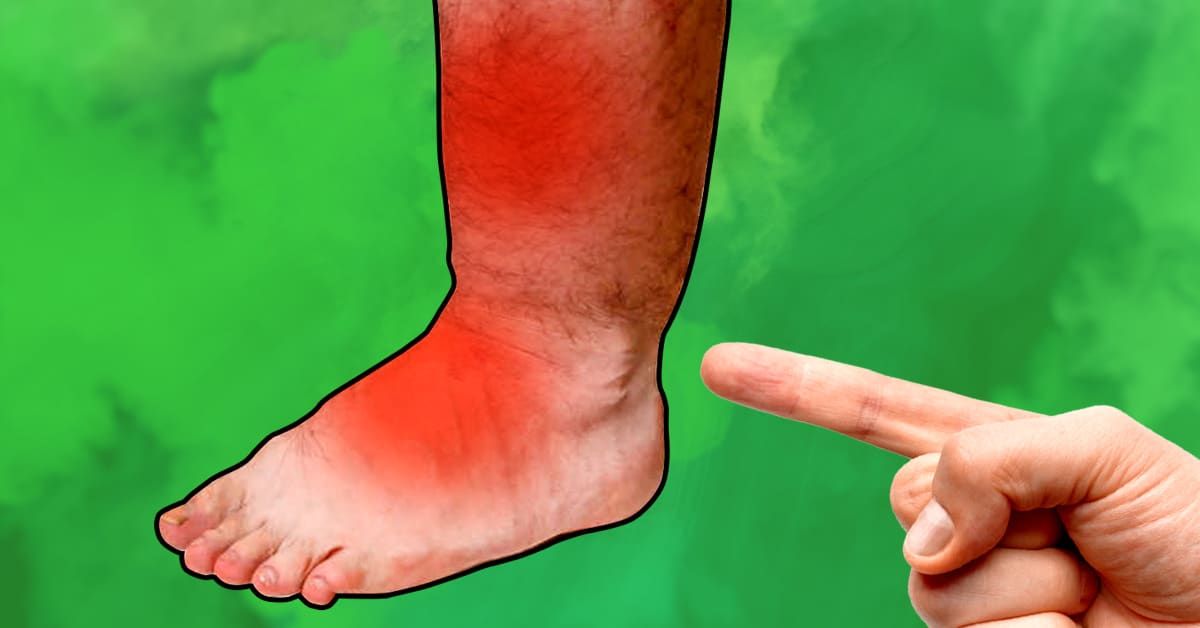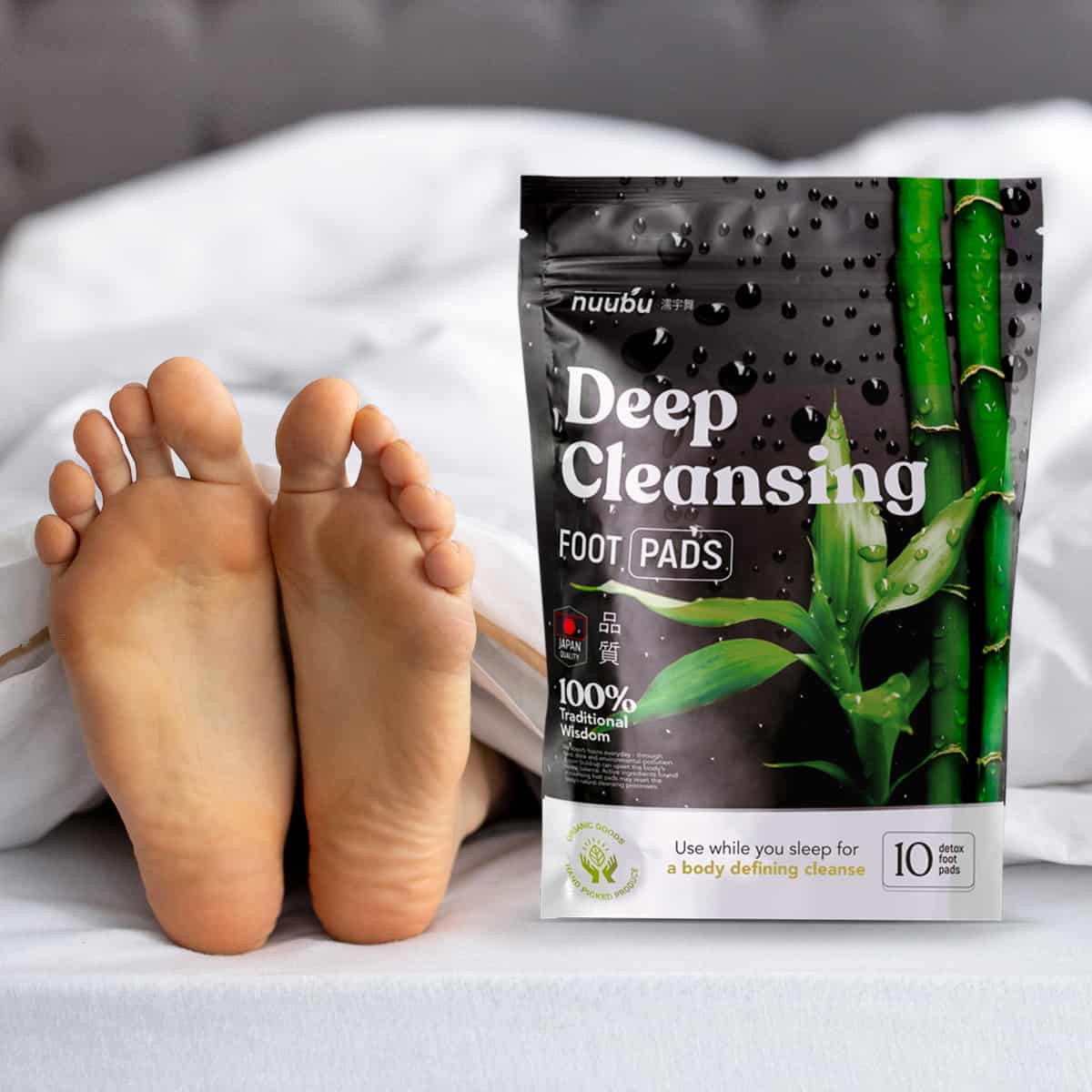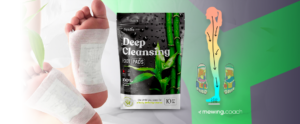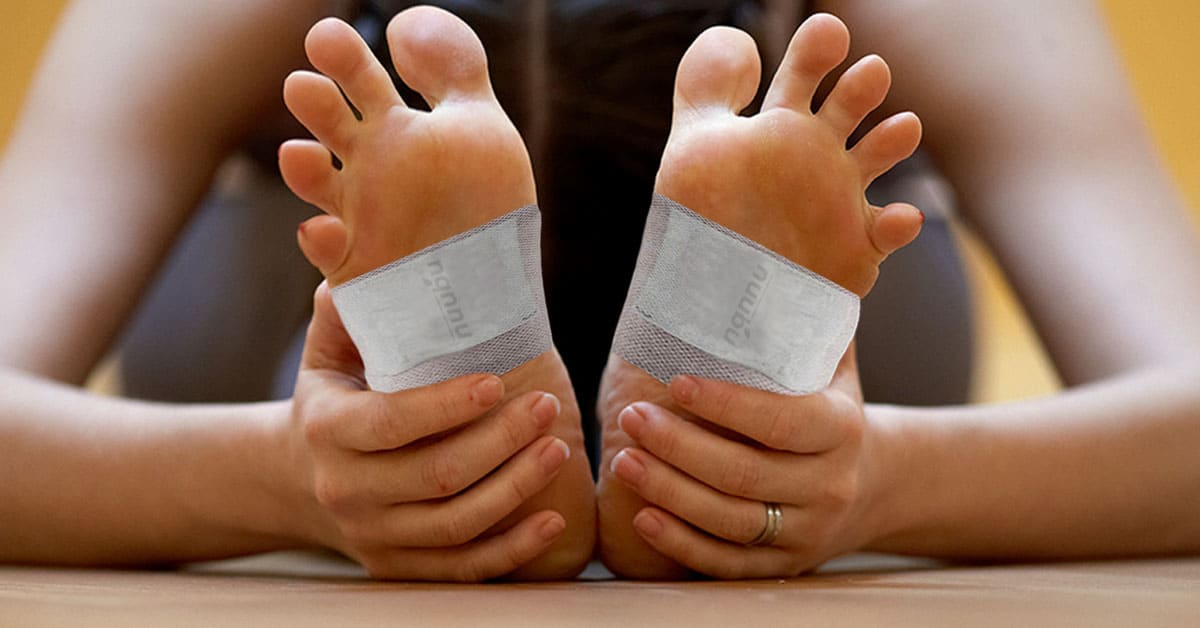High heels are a favorite among women, but the post-wear foot pain from high heels is universally acknowledged. It’s like your feet completed a marathon!
Research from the University of Alabama reveals a staggering 123,355 high-heel-related injuries treated in US ERs, mainly sprains and strains.
There are several effective quick fixes to ease foot pain from wearing high heels! From using detox foot pads, rejuvenating soaks, and ice therapy, you can get instant relief from swelling and discomfort.
Let’s dive into the methods providing instant relief and our recommendations for wearing high heels.

#1. Incorporating Foot Detox Pads for Relief
Ease your post-high-heel discomfort with detoxifying foot pads like Nuubu. These pads are made of natural ingredients like ginger, lavender, and green tea, all of which are known to alleviate pain and inflammation.
Using the foot pads is quite easy. After taking off your high heels, wash your feet with warm water and dry them properly. Attach the foot pads to your foot soles, and let them do their magic overnight. In the morning you will see a significant difference in the pain, inflammation, and swelling, and your feet will feel lighter and relaxed.

By aiding in detoxification, detox foot pads offer not just relief but also anti-inflammatory effects, helping your feet recover from the strain of wearing high heels. Discover the Nuubu detox guide for a rejuvenating experience.

#2. Optimal Soaking Practices For Sore Feet
A warm foot soak can be a great way to relax and soothe tired, achy feet after a day in high heels. To help you get the most out of your soak, 15-20 minutes duration is ideal, allowing enough time for your feet to relax and enjoy the benefits of the warm water. Aim for a temperature you can tolerate comfortably for the entire duration of the soak.
You can soak your feet as needed, up to 2-3 times a day, especially after days when you’ve been wearing high heels for extended periods. To enhance relaxation and pain relief, add Epsom salts or a few drops of essential oils like lavender or peppermint to your foot soak. Gently massage each foot while they soak to improve circulation and further ease discomfort.
#3. Ice and Elevation for Swift Comfort
For quick pain relief after wearing heels, consider the powerful duo of ice and elevation.
Take an ice pack, or wrap ice in a towel and apply it to the painful areas for 15-20 minutes at a time. The cold constricts blood vessels, reducing inflammation and numbing discomfort. Additionally, prop your feet above your heart level while icing or resting. This helps reduce swelling and promotes circulation, further aiding pain relief and recovery.
By combining ice and elevation, you can provide immediate comfort and speed up the healing process for your tired, achy feet.
Our Recommendations For Wearing High Heels
Here are two key tips for making your high heel experience more comfortable:
1. Properly Size Your Shoes
Wearing shoes that fit properly is crucial for comfort and preventing pain. Ill-fitting shoes can cause various foot problems, including blisters, corns, calluses, and pain in the balls of your feet, heels, and toes.
If your shoe size is too small, it squeezes your toes, restricting blood flow and causing discomfort. If they are too big, it causes your foot to slide around, leading to friction and blisters.
2. Use Insoles for Added Support
Insoles can provide increased comfort and support in high heels. They provide several benefits, including cushioning, which absorbs shock and reduces pressure on the balls of your feet. Insoles ensure arch support, distributing the weight evenly, improving stability, and reducing stress on the arches.
Different insole types offer various benefits:
- Gel insoles: Excellent for cushioning and shock absorption.
- Arch support insoles: Ideal for those with flat foot or needing extra arch support.
- Memory foam insoles: Mold to your feet for personalized comfort and support.
3. Take Smaller Steps
Walking with smaller steps in high heels is crucial for minimizing discomfort and potential injury. By taking shorter strides, you reduce the impact on each of your foot, ankles, and knees, alleviating strain and pressure. This adjustment in stride mechanics allows for a smoother, more controlled gait, promoting stability and balance.
Additionally, smaller steps help distribute your weight more evenly across the foot, and you’re less likely to end up with painful blisters.
4. Strengthen Your Ankle Muscles
Building strong ankle muscles is key to minimizing discomfort from wearing high heels. Incorporate these exercises into your daily footcare routine:
- Calf raises: Stand with feet hip-width apart, then rise onto your toes, lifting heels as high as possible. Lower back down and repeat.
- Ankle circles: Sit or stand with feet flat on the ground. Lift one foot and rotate it clockwise, then counterclockwise. Switch to the other foot.
- Resistance band exercises: Wrap a resistance band around your foot and flex your ankle against the band’s resistance.
You can maintain daily footcare routine that includes these exercises to fortify your ankle muscles and better support your feet in heels.
5. Opt for Thicker Heels
Consider thicker heels as your go-to choice as they offer better comfort and stability, preventing heel pain and ankle swelling. Painful and swollen ankles in elderly women are more common, so its highly recommended that they opt for thicker high heels, or abstain from heels.
With thicker heels, your weight gets distributed more evenly, easing pressure points and keeping discomfort at bay. Plus, they provide a sturdy base, so you can walk with confidence without worrying about wobbles or ankle twists.
6. Consider Platform Shoes
Platform shoes are not just trendy, they offer a practical solution for added height and stability. By lifting your entire foot, they ease pressure on the ball of your foot, giving your ankles a break. You can also opt for them to reduce swollen ankles after long drive.
7. Take Short Breaks to Rest Your Feet
Remember to give your feet a breather now and then, especially to reduce foot pain from standing all day. By giving your feet a rest, you relieve pressure and improve circulation, which can help alleviate any aches and pains.

Whether you’re at work or out and about, make it a habit to take regular breaks. Your feet will thank you for the relief, and you’ll be able to tackle the day with renewed energy and comfort.
8. Choose Comfort over Fashion When Necessary
Sometimes, it’s essential to prioritize comfort over fashion, especially when it comes to your shoes. Think about situations where comfort is non-negotiable, like long walks, standing for extended periods, or busy days running errands. By choosing comfort, you’re not just sparing your feet from pain; you’re also taking care of your overall well-being.
If, along with pain from high heeled shoes, you are facing other issues such as foot odor, you can opt for any of our recommended natural way to get rid of smelly feet.
Common Questions
How can I strengthen my ankle muscles to reduce pain from high heels?
You can strengthen your ankle muscles by performing exercises like calf raises, ankle circles, and resistance band exercises. These exercises help improve stability and reduce pain from wearing high heels.
Why consider platform shoes as an alternative to traditional high heels?
Platform shoes offer added height and stability compared to traditional high heels. They distribute weight more evenly across the foot, reducing pressure on the ball of the foot and providing greater comfort, making them a favorable alternative.
How often should I take breaks to rest my feet when wearing high heels?
It’s advisable to take short breaks every 1-2 hours when wearing high heels to give your feet relief from prolonged pressure and to improve circulation.
When is it advisable to prioritize comfort over fashion in shoe choices?
It’s best to prioritize comfort over fashion in shoe choices when you’re facing situations like long walks, standing for hours, or busy days running errands. Your feet deserve some TLC, especially during these times, to keep them happy and healthy.



